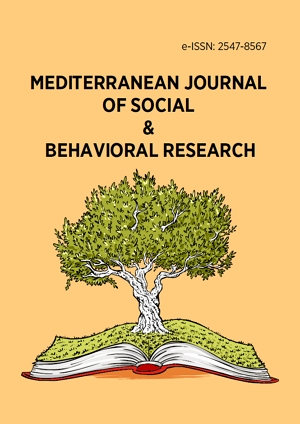Abstract
Motivation to conduct research among lecturers is an important issue that needs to be addressed to ensure that the research culture at the Institute of Teacher Education (ITE) can be nurtured. This study was conducted to identify factors that influence research motivation among lecturers at ITE. This study uses a correlational study design involving a total of 271 lecturers. The selection of the sample is carried out by using a clustered random sampling method. Data was collected using a questionnaire adapted from previous studies. Statistical package for social science and SmartPLS version 3.0 software were used to analyze the data. Findings from the analysis that has been conducted shows that the efficacy belief factor (β=0.312, p<0.001) and institutional support (β=0.230, p<0.001) have influenced the intrinsic motivation to conduct research. Meanwhile, the efficacy belief factor (β=0.353, p<0.001) and institutional support (β=0.187, p<0.001) also influenced the extrinsic motivation to conduct research directly. Overall, the factors studied explained 21.4% and 21.8% of the variance in intrinsic and extrinsic motivation to conduct research among lecturers at ITE. The findings of this study can be used by various parties to improve the aspect of increasing research motivation among lecturers.
License
This is an open access article distributed under the Creative Commons Attribution License which permits unrestricted use, distribution, and reproduction in any medium, provided the original work is properly cited.
Article Type: Research Article
MEDITERR J SOC BEH RES, Volume 8, Issue 2, June 2024, 55-60
https://doi.org/10.30935/mjosbr/14436
Publication date: 01 May 2024
Online publication date: 04 Apr 2024
Article Views: 3398
Article Downloads: 2109
Open Access References How to cite this article
 Full Text (PDF)
Full Text (PDF)